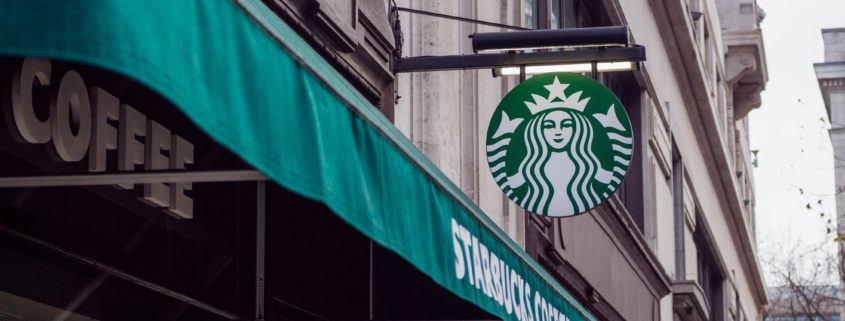Competitive Advantage and Business Value
In a world with a fast food burger restaurant on every corner and a gas station on every block, you may be surprised that so many places that do the exact same thing or sell the exact same product can co-exist in one area. What is it that makes people choose one over the other? In most cases, the answer lies in their competitive advantage.
Think, for a moment, about all of the competitors you face in your particular line of work. What is it about them that sets them apart? Whether it’s passive advantages, like preexisting high barriers to entry, or deliberate, like delivering a higher quality product, these differences can make or break a successful business sale.
Examples of Competitive Advantage
Companies stake their claims by leveraging their unique approaches to marketing, sales, or final delivery. Famous examples include:
- Amazon’s Prime subscription service, which promises free, two-day delivery
- Apple’s clean and modern aesthetic, as well as their marketing appeal to young creatives
- Ikea’s ability to provide quality furniture at a lower price
- A pizza restaurant “30 minutes or less” promise
- Ben and Jerry’s interesting flavor combinations
- Tesla’s reputation for combining luxury and technology
The possibilities for creating competitive advantage are nearly endless.
Creating Competitive Advantage
In order to stay at the top of the food chain in their particular industry, businesses must constantly strategize new ways to edge out competitors. Harvard Business School professor Michael Porter wrote a book in 1985 called “Competitive Advantage” which describes the three key ways for companies to gain the upper hand in oversaturated fields.
Focus
In companies that show an advantage in their focus, you would expect to see targeted marketing and clear demographic disaggregation. Once these businesses have pinned down exactly who it is they want to sell to, they hone in with laser precision.
If you’ve ever walked through a shopping mall, you’ve probably seen a Hot Topic store. It appeals very specifically to teens and young adults who are considered “alternative.” These stores feature a range of products that appeal to this demographic, from band t-shirts to black lipstick. The store itself is dimly lit, features a dark color scheme, and plays music that you’re very unlikely to hear on a top 20 countdown. Customers are willing to pay a little extra for the experience and for the ability to find niche products that wouldn’t be available in a department store.
Cost Leadership
A cost leadership advantage refers to those businesses that sell a comparable product for a lower price than their competitors. What they lose in avoiding the sale of luxury goods, they make up for in the sheer volume of product they are able to move.
Walmart is perhaps the most archetypical example of this. With so many options for the same product available on the retail giant’s shelves, they are able to offer price points that appeal to every customer. For those looking to save, generic products provide a nearly equitable product for less.
Big box stores, like Costco and Sam’s Club, take this idea to the extreme. By buying in bulk, customers get steep discounts that make memberships with warehouse stores incredibly appealing. Losses due to discounts are mitigated by those membership fees.
Differentiation
The final category refers to those companies that focus on creativity, innovation, and experience. They work to distinguish themselves as innately “better,” whether due to concrete reasons, like fast customer inquiry response times, or abstract reasons, like having a particular “vibe” that appeals to your demographic.
Differentiation is valuable because it goes a long way in creating brand loyalty. Two coffee shops that serve the exact same product can have two very different customer populations depending on their ambience. Students and twenty-somethings may prefer the one that offers more electrical outlets, while parents prefer the other because they have children’s books at every table. Though both shops are essentially completing the exact same function, they create very different experiences for visitors.
Define What Makes You Different
What sets your business apart?
If you’re still not sure, don’t be afraid to ask around. Talk to your customers about why they chose your company over the competitors, then use that data to set yourself apart even more. The best way to ensure longevity and profit is to make sure no other business can offer a viable alternative to the experience you give your patrons.
Before you transition out of your business, you must establish and emphasize what exactly it is that makes you special. Businesses that have a more obvious and more successful competitive advantage are going to look much more tempting on the market. That means viability for the company you worked to build, and more financial security for your upcoming transition.




Leave a Reply
Want to join the discussion?Feel free to contribute!